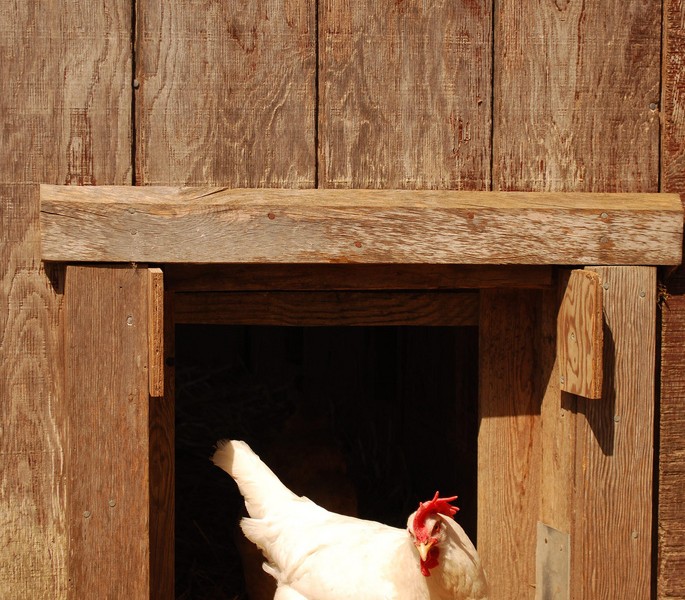High mileage chicken
Posted on September 15, 2013

Just before the Labor Day weekend began Friday, Aug. 30, the U.S. Department of Agriculture’s Food Safety and Inspection Service announced that China was welcome “to export processed, cooked chicken to the United States.”
If USDA hoped this little nugget might get overlooked during summer’s last, languid holiday, that thought was deep-fried by noon when Politico, the fast-rising Capitol Hill news service, sniffed out the story.
USDA did acknowledge (and Politico faithfully reported) that this “equivalence of the food safety inspection system for processed poultry in the People’s Republic of China” did not mean the U.S. would be “importing any raw chicken from China.”
In fact, explained the USDA explainers, “No chickens raised or slaughtered in China are eligible for export to the United States, even if they are processed.”
So where would a Chinese processed and cooked chicken part exported to America originate?
Bill Roenigk, senior vice president of National Chicken Council, told Politico that his group believes “at least initially, the chicken that comes from China will actually be U.S. chicken.”
So the chicken meat exported from China to the U.S. might actually be from a Rhode Island Red and not a Still Chinese Red that traveled 7,000 miles west from either the U.S. or, according to USDA, Canada for processing before traveling 7,000 miles back to the U.S.?
Hey, “That’s the first stage of the approval process,” the Chicken Council’s man told Politico.
Does any of this make any sense to you at any level?
Well, Roenigk confessed, “Now whether the economics of that works or not remains to be seen.”
No it doesn’t.
Chairman Mao might have survived his 8,000-mile Long March but no chicken part can march 14,000 miles to and from China and still be profitable—let alone edible.
Not that we’d ever know.
Since the poultry pieces “came from American or Canadian birds,” reported the New York Times Aug. 30, “(a)nd because the poultry will be processed, it will not require country-of-origin labeling.”
Moreover, the Times continued, “Nor will consumers eating chicken noodle soup from a can or chicken nuggets in a fast-food restaurant know if the chicken came from Chinese processing plants.”
This, of course, is utter madness.
Does any American—even members of the National Chicken Council—want their children or grandchildren to eat chicken that may have been processed in, say, Shanghai where, last March, at least 16,000 dead pigs were fished from tributary rivers that supply water to the city?
As such, this latest USDA action isn’t about chicken as much as it’s about global trade and how far into la-la land we, like a bunch of chickens with our heads chopped off, will march in blind support of it. Are we that… that… stupid?
It seems so because it’s an almost certain bet that no North American chicken will ever travel to China and back for processing—or anything else—anytime soon.
But as this sideshow gears up, the Big Global Packers are now lining up to export U.S. beef to the booming Chinese market where beef imports for the first half of 2013 are up a staggering 931 percent over a year ago.
Big Meat has a small problem, though: China banned U.S. beef after a “mad cow” was discovered in Washington state in 2003. That means most of China’s beef now arrives from New Zealand, Canada, Australia and Uruguay, not South Dakota, Iowa, Nebraska or Texas.
But—and this is just a wild guess—the Chinese wall might lower if USDA allows some Chinese poultry processors to export unlabeled chicken to the U.S.
The same lower wall might also be appreciated by Shuanghui International, China’s largest hog producer, which paid $4.7 billion last May for Smithfield Foods, America’s largest pork packer.
Not that that has anything to do with anything.
© 2013 ag comm
Share This